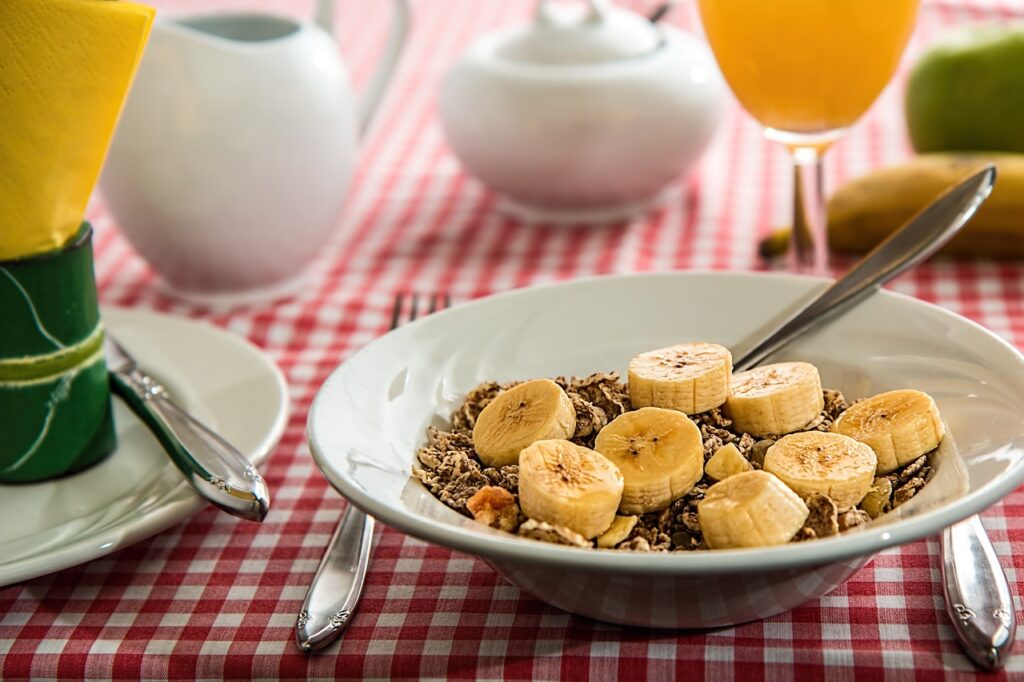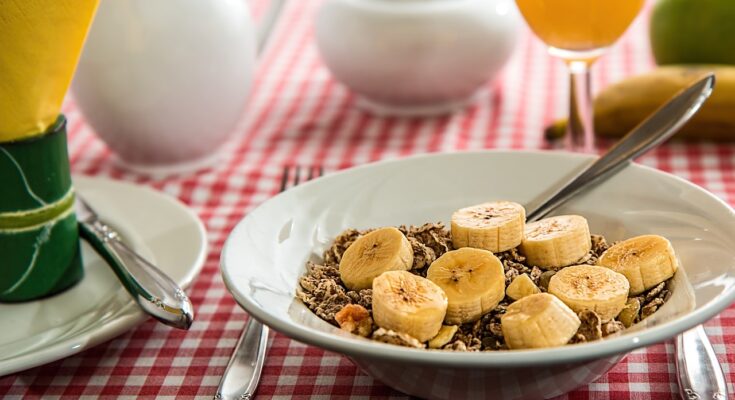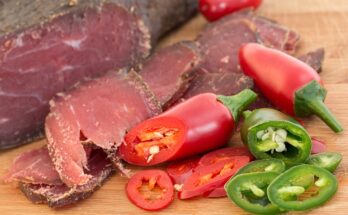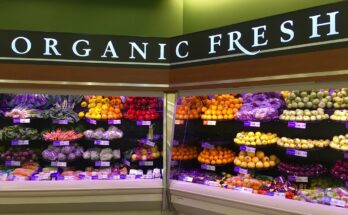Are you struggling to find the right food options that cater to your specific dietary needs? Look no further!
This comprehensive guide will provide you with all the information you need to navigate the world of food processing for dietary needs. Whether you follow a gluten-free, vegan, or low-sodium diet, understanding how food is processed is crucial to making informed choices.
In this article, we will break down the different dietary needs and explain how to decode food labels effectively.
You will learn about the specific requirements for gluten-free food processing, ensuring you can confidently choose products that meet your needs.
We will also explore the world of vegan-friendly food options, giving you a variety of delicious and nutritious choices to incorporate into your diet.
Additionally, we will provide valuable tips for those on a low-sodium diet, helping you maintain a healthy lifestyle without compromising on flavor.
Get ready to take control of your dietary needs and make informed choices when it comes to food processing. Let’s dive in!
Understanding Different Dietary Needs
Are you curious about the various dietary needs and how they can impact food processing? Understanding different dietary needs is crucial in the food processing industry. People have diverse dietary requirements due to health conditions, allergies, or personal choices.
For example, individuals with celiac disease need gluten-free options, while those with lactose intolerance require dairy-free alternatives. Vegan and vegetarian diets are also gaining popularity. These dietary needs greatly influence the way food is processed.
Food processors have to carefully select ingredients, avoid cross-contamination, and ensure proper labeling to cater to these needs. Additionally, they must consider taste, texture, and nutritional value while maintaining the integrity of the final product. Understanding the different dietary needs allows food processors to create inclusive and safe options for everyone.
Decoding Food Labels
Understand how to interpret food labels in order to make informed choices about what you’re consuming. When it comes to decoding food labels, it’s important to know what to look for.
Start by checking the serving size to ensure you’re aware of the portion you’re consuming.
Next, examine the list of ingredients. Look out for any allergens or ingredients you’re trying to avoid. Pay attention to the order in which the ingredients are listed, as it indicates their relative amounts.
Additionally, keep an eye on the nutrition facts panel. Look for key information such as calories, fat, sodium, and sugar content.
Remember, the information on food labels can be a useful tool in helping you make healthier choices for your dietary needs.
Gluten-Free Food Processing
Explore the world of gluten-free food processing and discover how it transforms ordinary ingredients into delicious, wholesome alternatives that cater to your specific dietary preferences. Gluten-free food processing involves careful sourcing and handling of ingredients to ensure that they’re free from gluten, which is a protein found in wheat, barley, and rye.
By using alternative flours such as rice, corn, and almond, gluten-free food processors are able to create a wide variety of products like bread, pasta, and baked goods that’re safe for those with gluten intolerance or celiac disease.
Additionally, gluten-free food processing often involves rigorous testing and certification processes to ensure the absence of gluten in the final product. So, next time you’re shopping for gluten-free options, you can feel confident knowing that the food processing techniques used have taken your dietary needs into consideration.
Vegan-Friendly Food Options
Indulge yourself in the wide array of vegan-friendly food options available to cater to your specific preferences and dietary choices. Whether you’re a long-time vegan or simply looking to incorporate more plant-based meals into your diet, there are plenty of delicious options to choose from.
Start your day with a hearty bowl of oatmeal topped with fresh berries and almond milk, or whip up a tofu scramble with veggies for a savory breakfast.
For lunch, try a colorful salad filled with mixed greens, roasted veggies, and a tangy vinaigrette dressing.
And when it comes to dinner, the possibilities are endless. From lentil curries to veggie stir-fries, you can enjoy a satisfying and nourishing meal without sacrificing flavor.

Don’t forget about snacks either – indulge in crispy kale chips or homemade hummus with carrot sticks.
With vegan-friendly options like these, eating plant-based has never been easier or more delicious.
Low-Sodium Diet Tips
If you’re looking to reduce your sodium intake, try incorporating flavorful herbs and spices into your meals for a delicious and health-conscious dining experience. Instead of relying on salt for flavor, experiment with herbs like oregano, thyme, and rosemary, or spices such as cumin, paprika, and turmeric. These ingredients can add depth and complexity to your dishes without the need for excessive salt.
Additionally, consider using fresh ingredients like lemon juice, vinegar, or citrus zest to enhance the taste of your meals. When shopping for processed foods, opt for low-sodium versions or look for products labeled as ‘no added salt.’ It’s also important to read food labels carefully and be aware of hidden sources of sodium, such as sauces, dressings, and canned goods.
By making these simple adjustments, you can enjoy a low-sodium diet while still savoring delicious and satisfying meals.
Conclusion
In conclusion, you now have a comprehensive understanding of food processing for different dietary needs. By decoding food labels and being aware of specific requirements, you can make informed choices that align with your health goals.
Whether you follow a gluten-free, vegan, or low-sodium diet, there are options available that cater to your needs. Remember to prioritize your well-being and make conscious decisions when it comes to the food you consume.
Happy eating!




